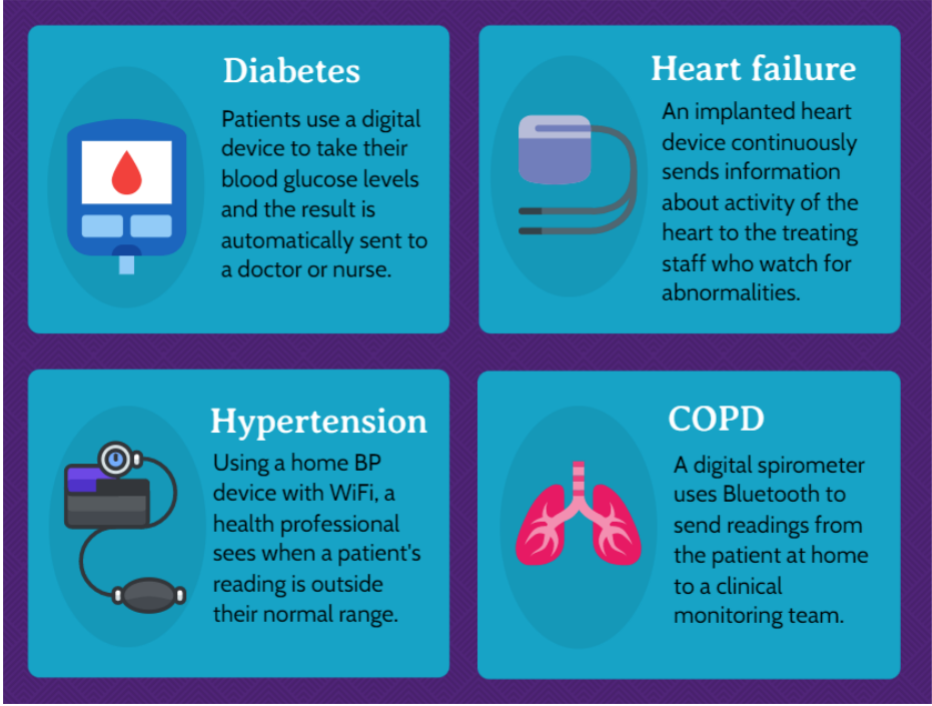International Remote Patient Monitoring Programs and Health System Sustainability
With an ageing population and an estimated 1 in 4 Australians living with two or more chronic conditions, it is more important than ever that patients can be monitored in an ongoing manner without needing to constantly interact with the health system. Telehealth and remote patient monitoring (RPM) allows for data such as blood pressure, heart rate, or blood glucose levels to be collected remotely by electronic devices, which can then be reviewed by a clinician from a distance.
A new report from PCHSS investigator Professor Len Gray and researchers at The University of Queensland’s Centre for Health Services Research & Centre for Online Health has provided some key examples of successful remote RPM programs for chronic disease management. Among them was Telehomecare, a program from Ontario Telemedicine Network (OTN), Canada, which showed a 70% reduction in emergency room visits and a 76% reduction in hospital admissions. Similarly, in Australia, the Connected Health – Home Care program by Tunstall Healthcare reported a 44% decrease in emergency admissions and a 59% decrease in the cost of care.

“International Remote Patient Monitoring Programs” Snoswell et al. (2022)
How can remote patient monitoring impact health system sustainability?
Studies have shown that when compared to standard care, RPM reduces mortality in patients with heart failure, and can improve HbA1c in patients with diabetes. It has the potential to keep patients at home, instead of in the hospital, and is highly cost-effective for the management conditions such as hypertension. Despite its successes, RPM should not necessarily be the sole way of monitoring patients:
“…Successful RPM programs are not usually standalone surveillance of data. Often monitoring of biometric measures is combined with telephone coaching, video consultations with nurses, frequent check ins with a care coordinator, and feedback being provided to patients. All these strategies help with patient adherence to monitoring which is crucial as well.”
Read the full report here.

